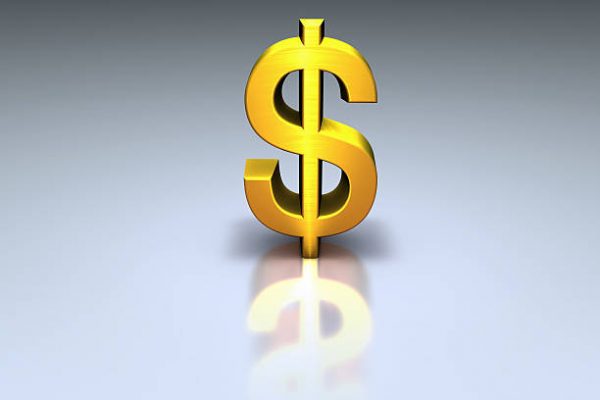 Dollar continues to grapple with reversing its recent bearish trend, but momentum behind the rebound remains tentative at best. The greenback has received modest support from Fed’s stance, with policymakers emphasizing there’s no urgency to resume rate cuts. This, combined with a general reassessment of earlier bearish bets, has helped slow the pace of decline in Dollar, even as sentiment remains cautious. Dollar continues to grapple with reversing its recent bearish trend, but momentum behind the rebound remains tentative at best. The greenback has received modest support from Fed’s stance, with policymakers emphasizing there’s no urgency to resume rate cuts. This, combined with a general reassessment of earlier bearish bets, has helped slow the pace of decline in Dollar, even as sentiment remains cautious. One of the key themes driving recent market behavior has been the ongoing trade war narrative. Despite rising concerns about a recession in the US triggered by escalating tariffs, those fears have yet to materialize in hard data. Even Fed Chair Jerome Powell maintained a relatively balanced tone in this week’s FOMC press conference, holding back from sounding overly pessimistic. Traders may now be stepping back from aggressive short positions, waiting for more clarity—particularly around the reciprocal tariffs due in early April. Looking across the currency markets, Yen is the worst performer so far this week, gaining little traction even after stronger-than-expected inflation data from Japan. Aussie follows, pressured by disappointing jobs data, while the Euro is beginning to consolidate gains following renewed optimism over the EU’s large-scale fiscal expansion plans. On the flip side, the Canadian Dollar surprisingly leads, despite Canada’s exposure to US tariffs, with Swiss Franc and Kiwi following Dollar and Sterling are relatively mixed, occupying the middle of the pack..... |
